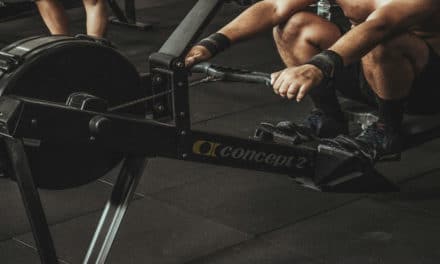Today, I will be talking about isometric wall sits, which are a fantastic exercise for the hamstrings, quadriceps, and glutes. Since the wall sits are an isometric contraction, you avoid the damage from eccentric muscle movements and can still help build and maintain muscle in the lower body. I introduced this exercise a few months ago. Since then, I discovered that it was easier to walk in the sand, my lower body stopped becoming exhausted, I could walk for longer distances, and I increased strength, especially in the glutes and quadriceps. Since doctors advise me to avoid squats, this is an alternative I can use to try and work the same muscles.
The process of completing this exercise comes from Masterclass’ article “Wall Sit Exercise Guide: How to Master Wall Sits.” You should aim to hold the wall sit for twenty seconds to a minute for three sets. However, if this exercise is strenuous, hold the wall sit for as long as you can before exhausting your muscles. To complete the wall sit:
- Stand with your back against a wall, and walk your feet about two feet forward. If you have difficulty holding on to the squat position, start by going as far as you need out and then slowly progress inwards when you build some strength.
- Next, slide down the wall until you can feel your thighs activating. Many recommend getting your thighs parallel to the floor and have your knees bent over your ankles at a 90-degree angle, but go as far as you can and slowly build your way towards this goal. You should keep your feet shoulder-width apart and make sure your toes are facing forward.
- Then, evenly distribute your weight across both legs, grip the floor with your feet, and try to remain as stable as possible. For your knees, you should stop them from collapsing in on each other. At the same time, rest your upper body and head against the wall, tuck your chin, and relax your shoulders.
- In this exercise, you need to tighten your core, glutes, hips, and quad muscles for the exercise duration. Doing this will help build your muscle endurance and strength in these areas isometrically.
The Isometric wall sit has other variations that can be safe, but I will only address two here. If you want to make the exercise harder, I will encourage you to research other exercise variations. One variation I would recommend is holding a ball, some object, or a medicine ball between your legs. As you hold the wall sit, you need to push against what is in between the legs to make sure it does not fall. Keeping the object in between your legs is surprisingly challenging. The other variation activates the foot and calf muscles. To do this, in the wall sit position, lift your toes off the ground as far as you can and hold for a few seconds. This helps work the front part of your calf and may help improve your walking ability. These two variations have played a significant contribution in helping me exercise the lower body isometrically.
The benefits of this exercise stem from its ability to improve the endurance and strength in your lower body which is critical for walking and various exercises such as rowing and cycling. The wall sit is a substitute for the squatting position that doctors recommend I avoid due to muscular dystrophy. I have found that sitting in that position and tightening my hips, glutes, quadriceps, and core guarantees that I actively safely use these muscles. Hopefully, you can safely integrate isometric wall sits into your exercise routine and begin to strengthen the lower body.





